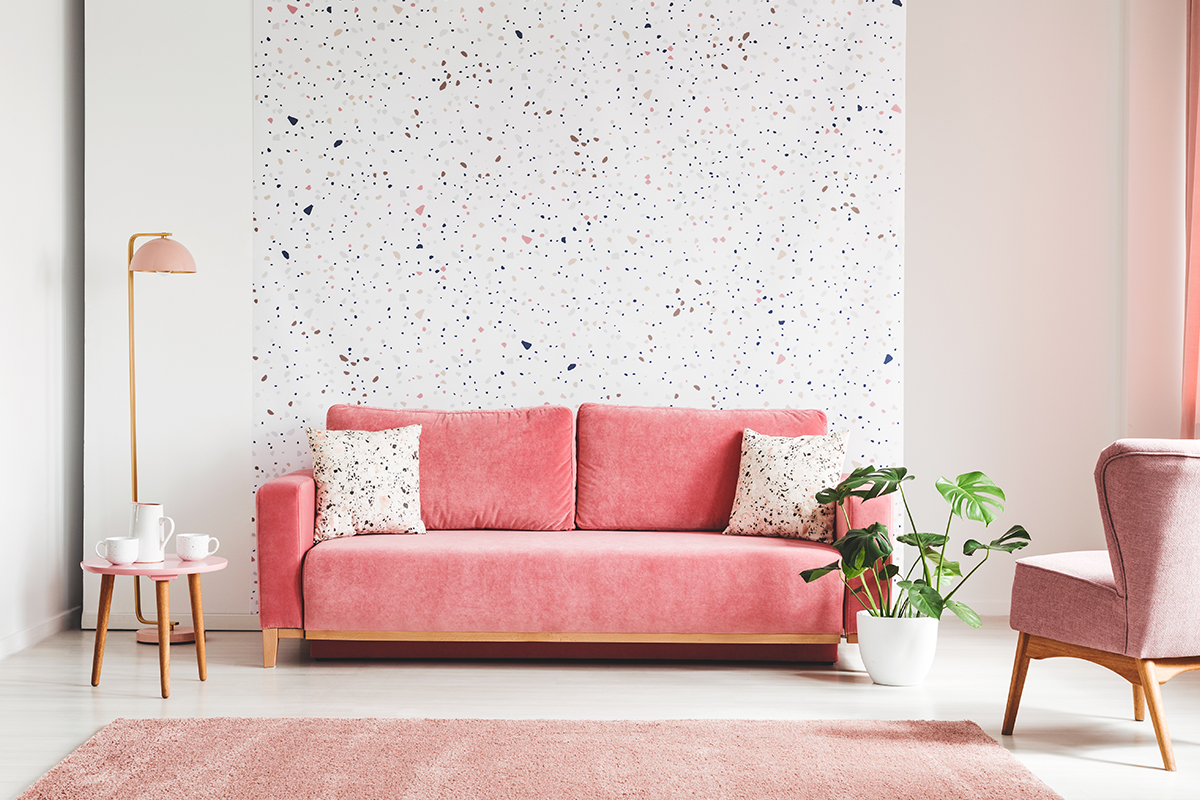Interior Design is the art and science of improving the interior of a space to create a better and safer environment for those using it. An interior designer is a person who designs, researches, oversees, and coordinates these improvement projects. The term “interior” refers to all the spaces in a building. This includes but is not limited to the bathrooms, living rooms, bedrooms, kitchens and public areas. The term “design” is used here to specifically refer to the aesthetic components involved in designing spaces.

The process of interior design can be divided into different subtopics. These include form, function, material, color, line, texture, unity, scale, and perspective. Each of these subtopics plays a very important role in how a finished interior space looks and feels. When a designer takes all these different aspects into consideration during the planning stages of an interior design project they will be able to create a space that both functions and looks great.
Although there are many technical aspects to take into consideration when it comes to interior design, one of the most important factor to consider is an asymmetrical balance. Simply stated, an asymmetrical balance refers to a set of elements on either side of a design element. In other words, if an interior design project involves the placement of furniture in a way that makes it look like it is overcrowded then this would be considered an asymmetrical balance. At the same time, if pieces of furniture are positioned in such a way that they appear to be coming from opposite sides of a room then this would be considered anasymmetrical balance. Because of this, the balance needed to create a successful interior design project is very important.
Aesthetics play an important role in an interior design scheme because without beautiful furnishings and accessories, an interior design plan is not going to be successful. However, aesthetics is a highly subjective thing. What one person sees as beautiful is going to be very different from another person’s point of view. Because of this, interior designers have to take all of their experience and knowledge and apply it to the design process of each individual project. This means that even though a designer might know something about asymmetry he or she might not be the best designer to create a beautiful outdoor living space.
One of the most important factor for designers when it comes to making interior design ideas for living spaces is to pay attention to the way that a space looks from the floor up. From the ground up a space planning designer has to figure out what a space looks like and how that space looks from all different perspectives. This includes looking at a space from the street or the sidewalk, from a comfortable sitting area, a cozy alfresco dining area, a stunning library or an elegant conference room.
In the end all of these spaces are important for a homeowner. As stated above, each space planning designer has to take all of their experience and knowledge and apply it to each individual project so that each home that is built is beautiful and truly functional and unique. It is important for homeowners to remember that there is a lot of research that goes into getting a home built. A good interior designer takes all of this into consideration when designing a home.